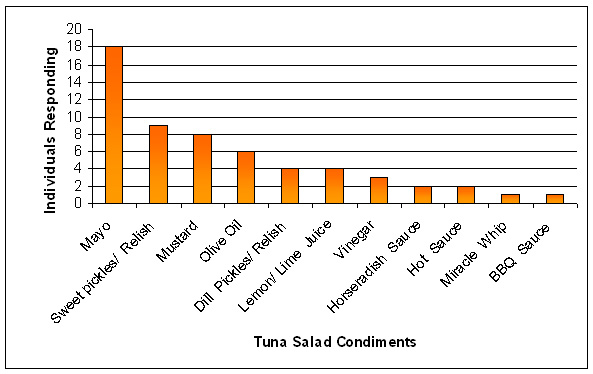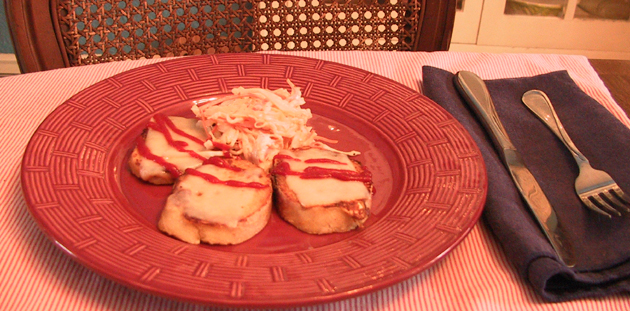Halving Recipes
Friday, February 9th, 2007Hey, Jesse.
I cook something fairly elaborate for myself pretty much every night, either trying something out of a cookbook or ad libbing with veggie combinations that sound good. But the key word there is myself, so I usually cut those cookbook recipes in half. A girl eventually gets tired of beet and lentil leftovers.
But I’m wondering if there are some ingredients that shouldn’t be halved (like olive oil? my sautéed onions end up a bit cajun sometimes), or cooking times that I should adjust when there are fewer ingredients. Any techniques for the solo cook?
Cheers,
Halfsies
Halfsies–
When you’re sauteeing something like onions, the amount of oil you need is in large part dependent upon the size of the pan you’re using. You need enough fat to cover the bottom of the pan or else the vegetables are liable to stick and burn. You’ll also want to keep the vegetables moving in the pan so that the same surface isn’t in constant contact with the heat source (another condition that will lead to blackened ingredients).
A good (if somewhat vague) rule of thumb if you’re ad libbing vegetable combinations is to lay out as much as you think you’ll eat and cook it until it’s done. Soups, stews, and stir-frys should be simmered or sauteed for as long as the recipe calls for or until the ingredients are done: the ingredients don’t cook any faster just because there’s fewer of them. This crib sheet provides general guidelines on the order in which you should add vegetables to a dish of your own creation, based on relative cooking times.
If you’re baking a half recipe of something (like brownies, etc.), adjust the size of the container you’re putting the batter in to one that has approximately half the surface area of what’s called for in the recipe; keep the baking time the same. If you spread the batter out too thinly, cooking time will be fairly unpredictable.
If you make yeast breads in smaller portions than your recipes call for, you’ll have to figure out the timing by trial and error. Start by checking them at the recipe’s halfway point; if they’re not done, give them a few minutes longer. Make note of how long they took so that next time you shrink the recipe, you’ll have a guideline to go by.
Do you have a question about something related to the world of food? Email me and I’ll try to respond in a future post.




